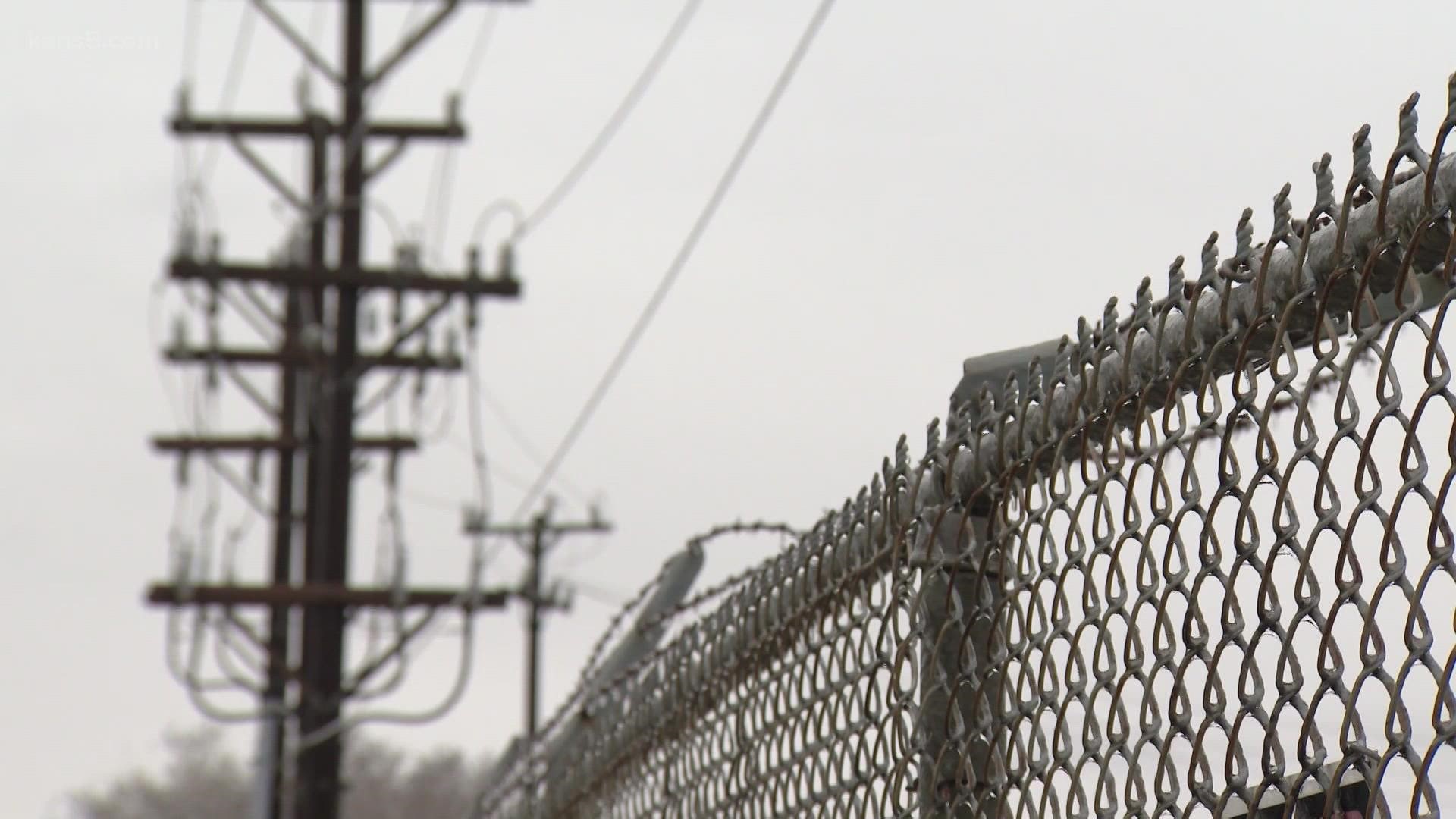SAN ANTONIO — Relief is what many of us felt when we woke up Friday with electricity.
There is no reason to think the power grid will not continue to perform as expected, but there is still work to be done energy experts said, especially when it comes to extreme winter weather events.
“The lights stayed on, which is great, but that’s also a pretty low bar to meet,” said Joshua Rhodes with the Webber Energy Group.
“This is the kind of performance that we expect to see,” said Jesson Bradshaw with Energy Ogre.
“It’s hard to make sweeping conclusions at this point, but, at least, initially, it looks like maybe the winterization put in place and the (power plant) inspections are working pretty well,” said Doug Lewin with Stoic Energy.
Yet, there is still more work to be done to keep the power grid overall winter ready. Some energy experts saw this artic blast not as a test but more of a quiz.
“This wasn’t a Winter Storm Uri test of the grid because you know, all 254 counties of Texas weren’t under a winter storm watch,” Rhodes said.
“I don’t find any comfort or security in what happened the last couple of days, because it’s just this is all about are we ready for the monster storm?” Lewin said. “Not are we ready for the every third or fourth year storm? The same problems that we experienced a year ago, most of them are still there. Some of them have been addressed in significant ways and others have just not been addressed at all.”
Those issues that need still work include better winterizing the natural gas supply so power plants are able to get fuel, better predicting what power demand looks like during an extreme cold weather event and better incentivizing consumers to take energy conservation measures to reduce the overall demand for power.
There are still questions about if the grid will have the same success in another severe and long-lasting winter storm like last February, but here is how energy experts graded the grid this round:
“It’s hard not to give the industry an A,” Bradshaw said. “Everyone was ready to go.”
“I would give them a B,” Rhodes said. “I guess in terms of the lights stayed on.”
“I would probably give it an incomplete because I don’t think that this was the final exam,” Lewin said. “Right? This was a small quiz, open book. This was not the test that some are making it out to be. This was a, you know, the kind of storm we get every three or four years.”
The grid passed this exam. Yet, folks still need to prepare ahead of any winter weather, in case local power outages turn off their power.
The power grid remained stable and steady statewide, yet, thousands of people in San Antonio did not have power. That shows there is still work to be done at the local level.
“The big wires and poles, there’s hundreds of thousands of miles of those,” Rhodes said. “There’s millions of distribution lines, like the small lines that run down your street or back alley. There’s a much bigger chance of winter events impacting that smaller infrastructure because we have trees growing over them, they’re smaller. A lot of it is really old. It’s definitely something that we do need to look to modernize into the future if we’re going to have that energy delivered the last mile to people when they need it.”
Overall, there was less power used than predicted during the artic blast.
“It wasn’t as high as they were expecting, but it was a very, very heavy demand,” Bradshaw said. “I think is some of these extreme situations and with these extreme temperatures, it’s difficult to predict what that demand will come in at because we just don’t have a whole lot of history of what people use in these temperature ranges,” Bradshaw said.
That shows it is still difficult to predict what the electricity demand is in winter in Texas. This time the power grid managers overestimated how much power we would need. Last February it underestimated demand, which was one cause of the four days of blackouts.

